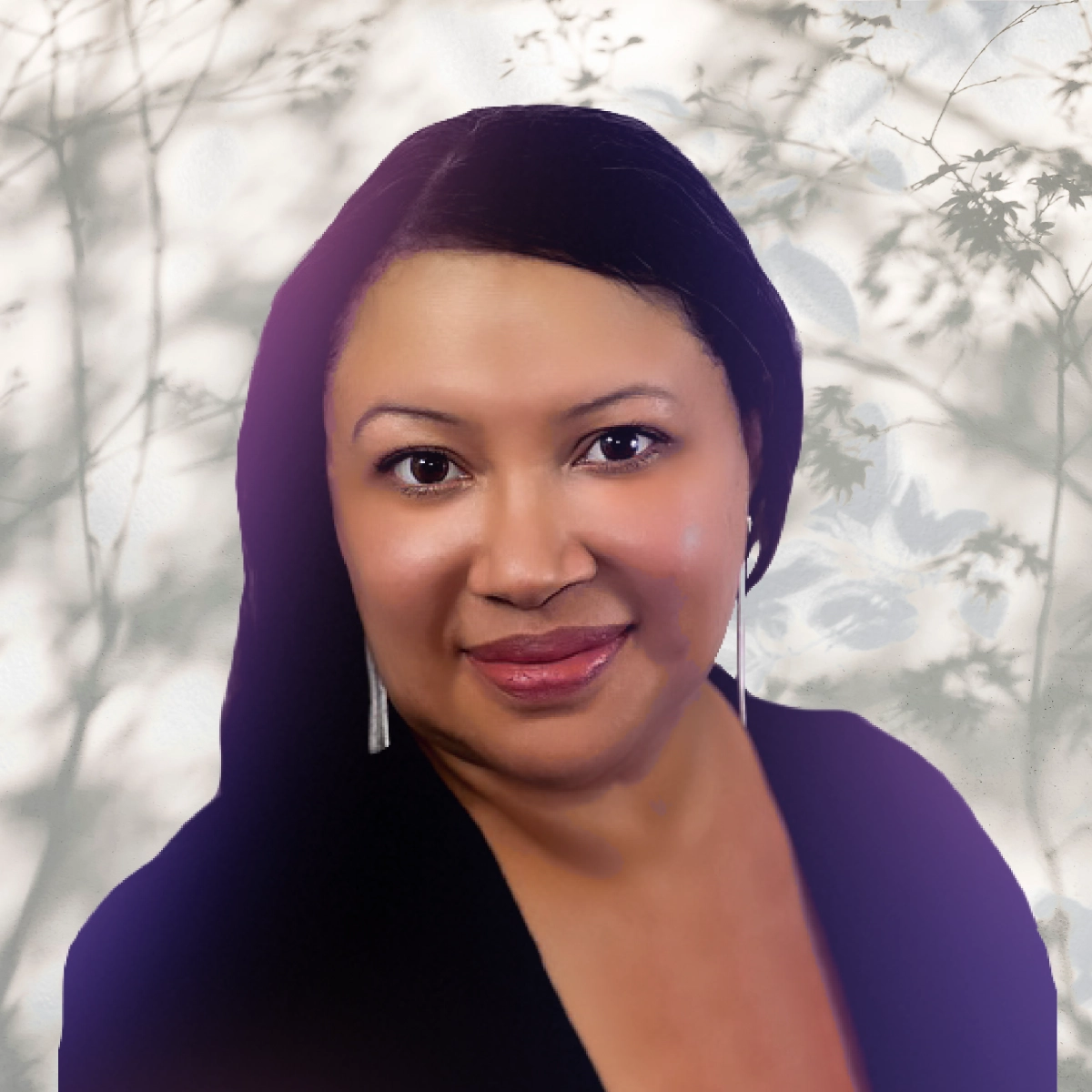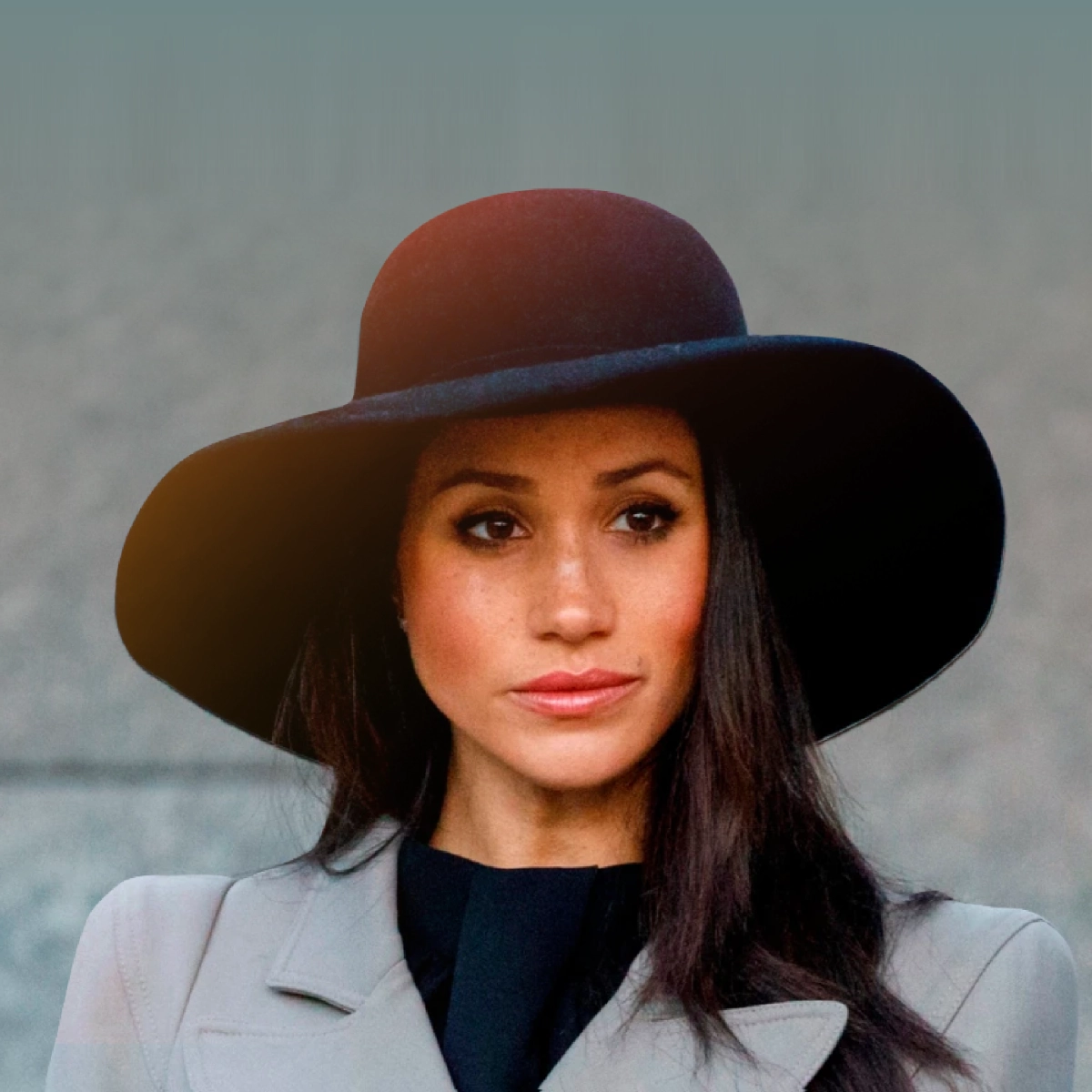Picture this: You start your new job or you graduate from school, and you get your picture taken. When you finally see the result on a computer screen or on a print, you think to yourself, “That doesn’t look like me at all.” Your hair might be off. Your skin might be too red or too grey. The outfit you took care to pick out, now clashes with your skin tone. It’s often said that a picture is worth a thousand words, but what happens when your picture doesn’t look like you?
For the longest time, 35mm color film by Kodak was developed using what is known as a “Shirley Card,” which featured a white woman and color gradients that correspond with her particular skin tone. This card was the standard to create the chemicals necessary to develop pictures. Photographs captured of BIPOC birthdays, graduations, and marriages didn’t have the same fidelity as white subjects, since the Shirley Card was calibrated for one skin tone.
It was only until major companies in the chocolate and furniture industries complained about not being able to properly photograph their dark toned products that something started to change. That was in the 60’s and 70’s. It took Kodak approximately 30 years later to recognize the need to include different skin tones with their 1995 Multiracial Shirley Card. The benefits for representing BIPOC skin tones were only a byproduct of these companies being able to market their merchandise.
In summary, racial bias embedded itself within the design of image making technology. Furthermore, the impetus to fix that problem was sparked by financial reasons, rather than inclusion.
Let’s not even go there with algorithms, facial recognition, and online dating…

Thankfully there are creatives, both BIPOC and white, who know how to photograph a wider band of skin tones than just the “Shirley Card.”
Filmmaker Ava DuVernay’s career in film and television has focused on representing Black characters in every facet, including how they look. She was famous for criticizing the show “Boardwalk Empire” for their lack of attention to lighting their Black actors. Though her film “Selma” is the most mainstream example of her attention to how Black characters are photographed, the lighting in DuVernay’s 2012 independent film, “Middle of Nowhere,” was in her words “a deliberate decision to find the beauty of black people in dark spaces.” In a Buzzfeed interview, DuVernay mentions that “a lot of black film that’s constructed by the studios have black people in bright places all the time, and always very brightly lit and sometimes it’s lovely and beautiful.” However, with her film, she wanted to know what the main character looked like coming home from work with all of the lights off, which is one example of her signature style in lighting dark skinned actors. It’s this nuanced perspective that brings representation to the level where it needs to be.
The director of photography of HBO’s “Insecure,” Ava Berkofsky, especially inspired by DuVernay’s film “Selma,” has the actors put on slightly shiny makeup to reflect light onto their skin rather than projecting light onto dark skin, which loses many nuances in color. Berkofsky and her team are able to do this with a simple array of LED lights lit at a low intensity. The actor’s face glows, reflecting the light, which allows the camera to be able to capture and detect facial features in a more accurate and artistic way.
The shiny makeup is a refinement on a technique used on Spike Lee’s debut black and white film, “She’s Gotta Have It,” where celebrated director of photography Ernest Dickerson had Lee’s actors moisturize their face before filming to increase light reflecting back to the camera.
It takes a mix of folks with both the vision and the technical expertise to make the changes we are finally starting to see in our media. This is why representation is not only important in front of the camera, but is also vital behind the scenes. Only a diverse team begets diverse ideas and consideration in storytelling to represent people and who they truly are. Professionals like DuVernay and Dickerson, who highlight the beauty of their actors with correct lighting, create the change we want to see in movies and TV. As a result, their influence is felt throughout the entire industry.





